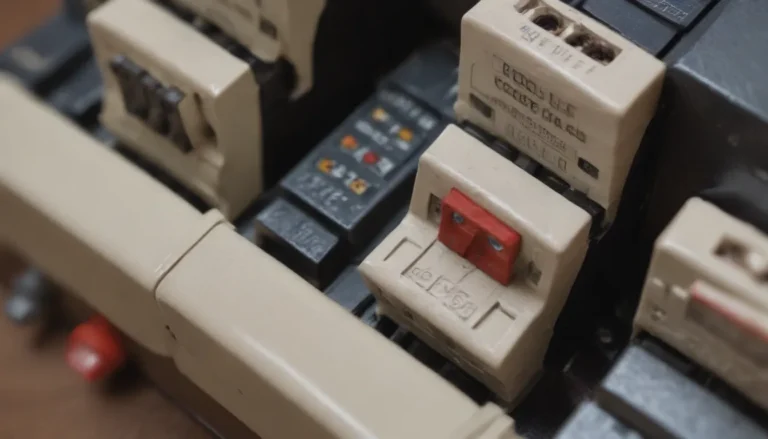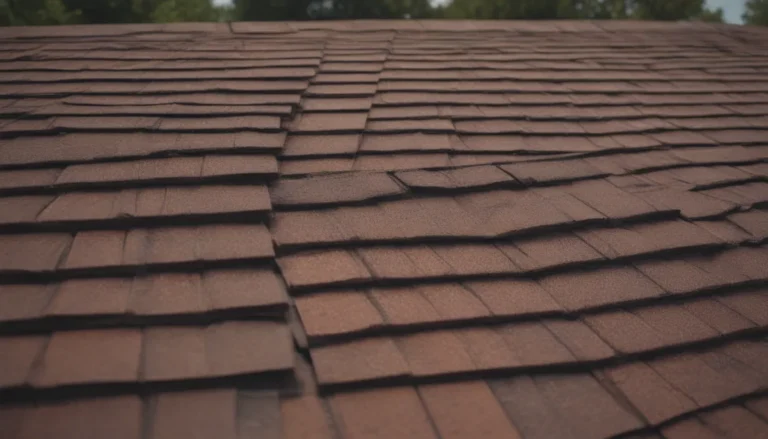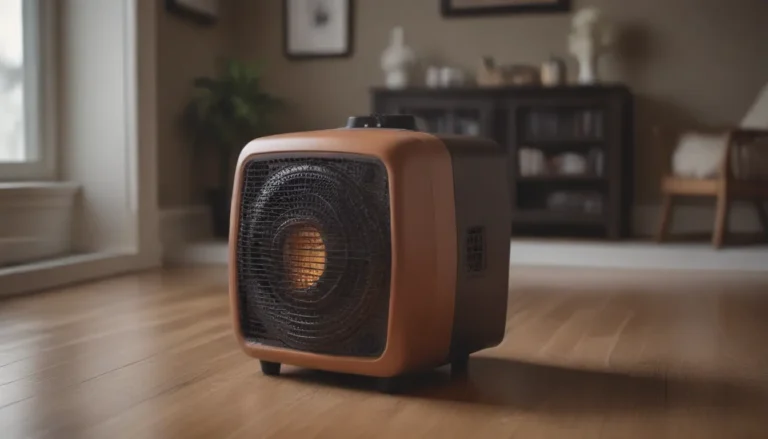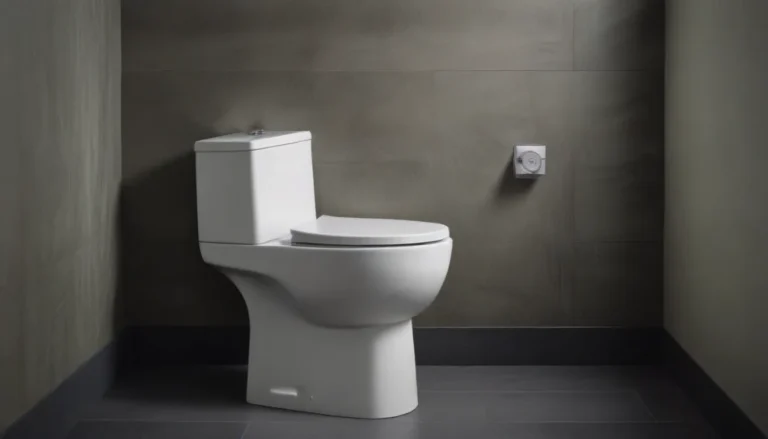Understanding Line and Load Connections with GFCI Outlets
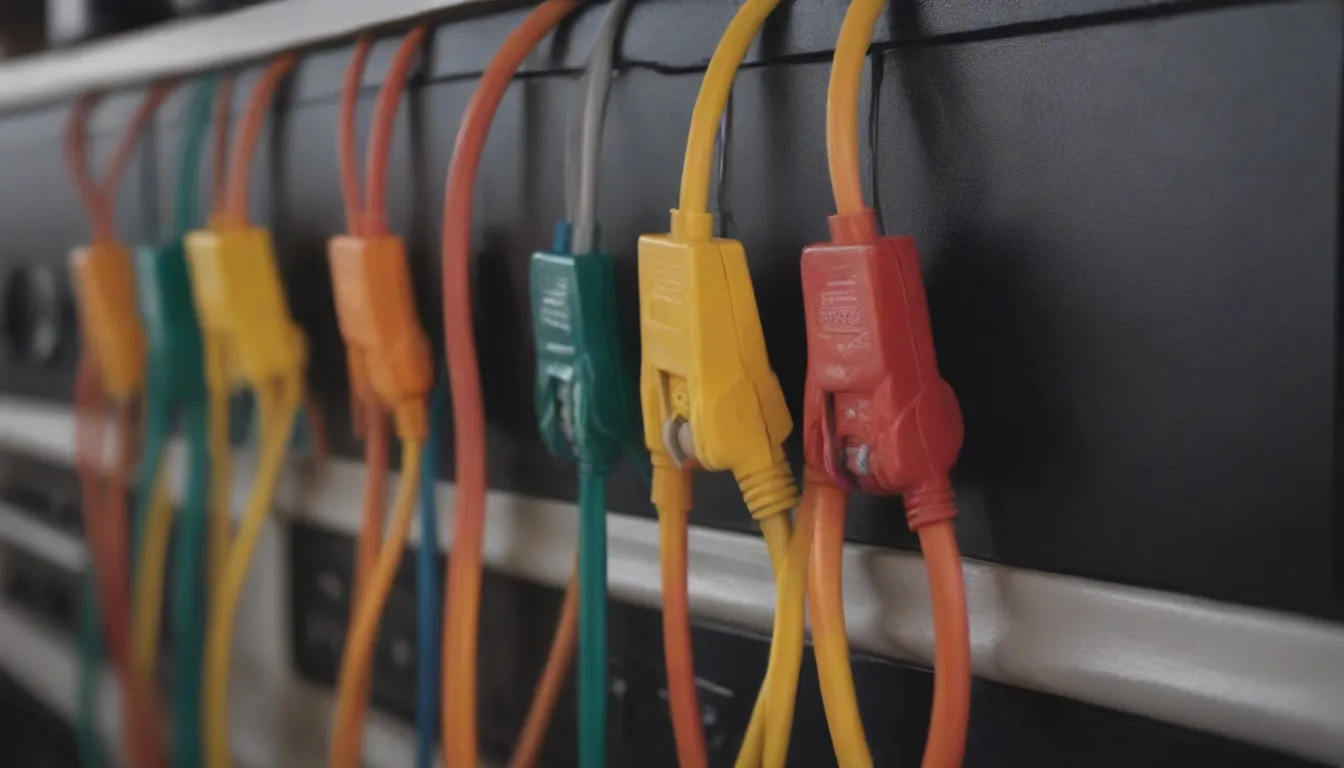
When it comes to electrical safety in your home, ground fault circuit interrupters, or GFCIs, play a crucial role in protecting you and your family from electrical hazards. Many homeowners may find themselves wondering how to properly connect the wires to a GFCI outlet. This is because GFCIs have two sets of terminals: line and load. Understanding the difference between these connections is essential for ensuring the proper functioning of your GFCI outlets. So, let’s dive into what line and load connections are all about.
Explaining Line and Load Connections
Line and load connections refer to the two sets of wires that deliver power from the electrical source to the outlet. Here’s a breakdown of what each connection entails:
Line Connection
The line connection is where you will connect the incoming feeder wire, also known as the line, which is fed from the home’s electrical service panel. This connection is used for all GFCI outlet installations. The hot wire (typically colored black or red) connects to the black or brass-colored screw terminal marked LINE, while the white neutral wire connects to the silver-colored screw terminal marked LINE. These markings are usually printed on the back of the outlet’s plastic body for easy reference.
Load Connection
The load terminals on a GFCI outlet are typically covered by a strip of tape (usually yellow) when you first unpack the outlet. These terminals are utilized to feed power downstream to additional standard outlets, providing them with protection from ground faults. By connecting additional outlets to the load side of the GFCI, you can save on costs since you only need one GFCI for multiple outlets on the same circuit. However, keep in mind that if a ground fault occurs on any of the downstream outlets, the GFCI outlet will trip, requiring a reset.
Using the Load Connection
When using the load connection, you will need two cables in the GFCI’s electrical box. One cable connects to the LINE terminals for the incoming power, while the other cable connects to the LOAD terminals to power additional outlets downstream. The hot wire of the load cable connects to the black or brass terminal, while the neutral wire connects to the silver terminal. It’s essential to note that the GFCI only protects outlets downstream from it, not those between the GFCI and the service panel.
Benefits and Considerations of Line and Load Connections
Understanding how to correctly connect GFCI outlets can offer several benefits for homeowners. Here are some key points to consider:
Benefits:
- Cost-effective: Using the load connection allows you to protect multiple outlets with just one GFCI, saving money on purchasing multiple GFCI outlets.
- Convenient protection: Placing a GFCI at the first outlet on a circuit in high-usage or high-moisture rooms like kitchens or bathrooms can protect all subsequent outlets on the circuit without the need for individual GFCIs.
- Enhanced safety: GFCIs provide an added layer of protection against electrical hazards, reducing the risk of shocks and electrical fires in your home.
Considerations:
- Resetting inconvenience: If a ground fault occurs on a downstream outlet, the GFCI located elsewhere may trip, requiring a manual reset. This could be inconvenient if the GFCI is located far away or in a hard-to-reach area.
- Limited protection: GFCIs only protect outlets downstream from them, so outlets between the GFCI and the service panel are not covered. Consider this when planning your electrical layout.
Ground Connection
In addition to line and load connections, it’s essential to ensure the proper grounding of your GFCI outlet for maximum safety. Here’s what you need to know about the ground connection:
The ground screw on a GFCI outlet is always green and is located on one end of the outlet body. This is where the bare or green-colored ground wire connects. If the electrical box housing the GFCI is metal, you must connect the ground wire to both the outlet ground screw and the metal box to ensure proper grounding. If your circuit wiring does not include a ground wire, the GFCI will still function as designed, but the outlet will not be grounded. Remember, GFCI protection is not the same as grounding, so proper grounding is crucial for electrical safety.
Conclusion
Understanding the difference between line and load connections with GFCI outlets is essential for ensuring the safety and proper functioning of your electrical system. By following the guidelines outlined in this article, you can make informed decisions when installing GFCIs in your home. Remember, safety should always be a top priority when working with electricity. If you’re unsure about any electrical work, it’s best to consult a qualified electrician for assistance. Stay safe and keep your home protected with properly installed GFCI outlets!
